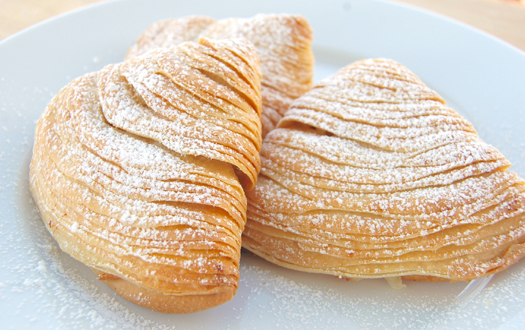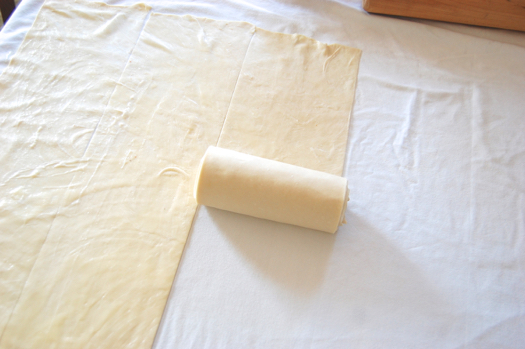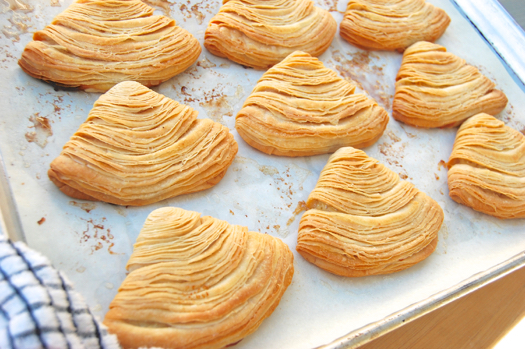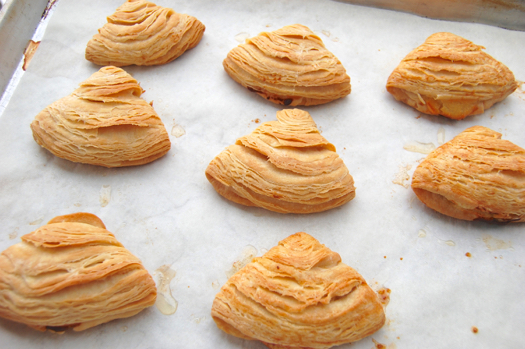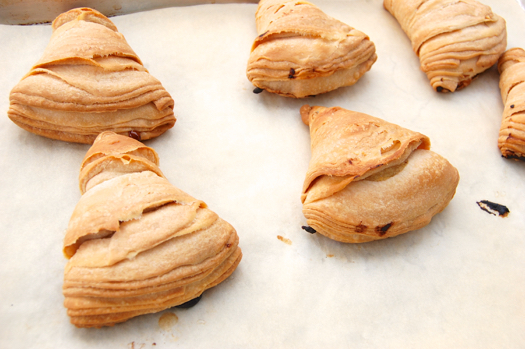
Reader Glenda writes to say that she recently made a mistake with her cornbread: she put in too much chemical leavening (exactly how much she doesn’t say). Yet the bread with the extra baking soda turned out virtually identical to the cornbread she makes with the normal, lesser amount. Why is that? she asks. It all has to do with gluten, Glenda. Or rather, the lack thereof.
Cornbread recipes typically call for lot of leavening. The reason: because corn flour has no gluten in it. In wheat flour doughs and batters, gluten creates an elastic batter that traps and holds little bubbles of CO2 and steam. As those bubbles continue to heat, they inflate, and the bread rises. A batter made from corn meal doesn’t have that elasticity, so its ability to trap and hold gas and steam is greatly diminished. Indeed, most of the gas and steam created during baking simply escapes out the top and sides. Yet it rises…why?
READ ON
